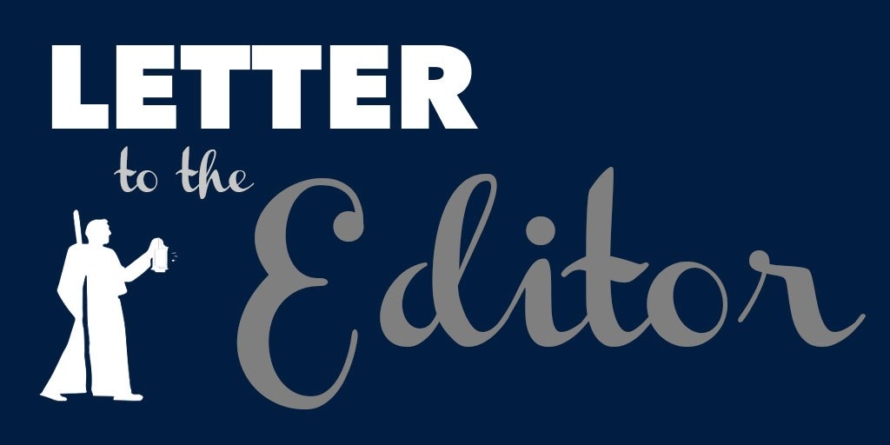Auditor General reports challenge the notion there is less corruption in the public sector
Dear Editor,
Guyana has made a big move on Transparency International’s Corruption Perceptions Index (CPI). According to the recently released report for 2019, Guyana scored 40 points in 2019, up from 37 in 2019. Consequently, the ranking of the country has improved from 93 in 2018 to 85 in 2019. For some Guyanese, the report from Transparency International (TI) certainly offers some respite after the deluge of articles in the independent press (Stabroek News and Guyana Times) regarding irregular or questionable transactions unearthed by the Auditor General in his 2018 report.
Editor, with your kind permission, I would like to take this opportunity to encourage persons interested in the fight against corruption not to salivate too much over the CPI. They need first to recognize that the CPI does not measure ‘actual’ corruption within the public sector but the ‘perception’ of this social ill by a small group of unknown experts. The CPI, therefore, should not be used as a real measure of the ‘actual’ level of corruption in the public sector at any particular point in time or changes in the level of corruption over time.
While used by some analysts and researchers, it is a well-established fact that the CPI is very flawed. Indeed, academic research has shown that the CPI has many limitations. For example, some academics argue that the CPI attempts to capture corruption, a complex and elusive issue with a single score. Academics also argue that CPI only measures the perception of corruption, which can vary considerably from the actual level of corruption. Academics criticize the CPI because it is also possible for the ranking of a country to improve without any significant change in its score. Guyana is a perfect example. In 2019, Guyana moved eight places with an improvement of just three points in its score. While the improved ranking would cause many to assume we are doing well in terms of fighting corruption, it masks the fact that our score for 2019 was 40, which is way below the perfect score of 100 points that represents a corrupt-free country.
Given the many flaws of the CPI, it should be interpreted with extreme caution. To derive a fairer picture of the fight against corruption, it is also essential to supplement the CPI with other publicly available information that speaks to accountability, transparency, and quality of governance that have important implications in the fight against corruption. An excellent source of such information is the Audit Report. If the Audit Reports for the past four-plus years were examined we would find multiple and increasing examples of deterioration in accountability (e.g., non-submission of vouchers and inadequate accounting for gifts received), reduced transparency (utilization of the least transparent and uncompetitive methods of procurement), and an assault on internal controls and governance systems within the public sector. Over the period 2015-2018, 1,754 vouchers with a total value of $1.9 billion were not submitted for audits, gifts totalling $15.8 billion were received but an undetermined amount not accounted for properly by various agencies, 144 cases of breaches to the Procurement Act that resulted in improper award of contracts, and 379 cases where the Auditor General found inadequate or weak internal controls. Based on these easily verifiable facts, it would be difficult to accept that our fight against corruption was successful, as suggested by the improvements in the CPI. The many examples from the Audit Reports contradict the notion that there is less corruption in the public sector. Apart from Audit Reports, there are also reports published periodically by other international organizations that speak directly to the issue of corruption that must supplement any analysis of the CPI. The Inter-American Development Bank (IDB), for instance, recently published a report that labels Guyana’s government service as the most corrupt the Caribbean.
In closing, I wish to restate two essential facts. Firstly, the CPI does not measure actual corruption. Secondly, it is flawed and should be supplemented with other data and information when attempting to determine whether our fight against corruption is successful or not.
Yours faithfully,
S. Pasha
Senior lecturer






















